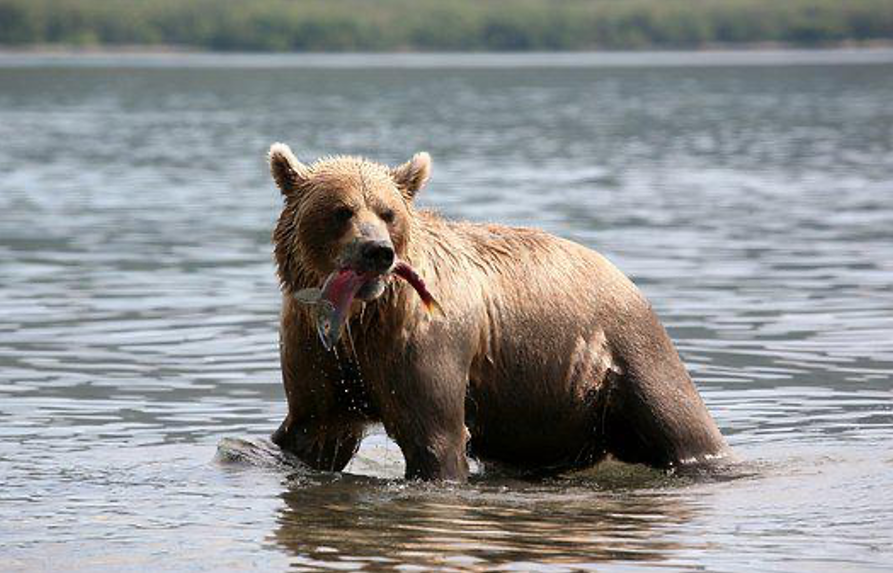The most common object of aquaculture in the sea is Atlantic salmon or salmon. Salmon caviar has high gastronomic qualities and is a delicacy. The unsurpassed taste of this fish and the presence of a large amount of Omega-3 polyunsaturated acids in its meat make salmon an indispensable product. Thanks to these indicators, salmon is in great demand among the earth's population and causes an increased interest in its artificial breeding. Therefore, every year the number of salmon producers worldwide is growing rapidly.
The history of farmed salmon began in the 1970s when the Grontverd brothers planted juveniles in a floating cage off the coast of Norway, from which they successfully raised the first Atlantic salmon. Today, dozens of foreign companies grow salmon in sea cages. This laid the cornerstone for the development of modern aquaculture in Norway and abroad.
Salmon are usually bred in two stages, and in some places, there may be more. Salmon are first hatched from eggs and raised on land in freshwater tanks. The fact is that only fresh water can ensure the spawning condition of producers. It also contains larvae and fry. The water temperature in which the artificial cultivation of salmon is carried out is of great importance. If it is 6-7 degrees, then the larval development period lasts 22-25 days, and when it drops to 5 degrees, it increases to 30-35. The young will stay longer in freshwater trays, requiring appropriate care and feed.
At 12 to 18 months of age, juvenile salmon are transferred to floating sea cages or net pens anchored in sheltered bays or fjords along the coast. There they are fed a balanced granular feed for up to 24 months.
The cages in which salmon are grown differ depending on what they are intended for. For example, larvae that have just hatched from eggs are placed in trays with a mesh (with small cells) bottom; as they grow, they can be in plastic or concrete (less often in wooden) pools, the height of which varies from 15 to 20 centimeters. Their food is complex. At first, it is mainly used live, for which small zooplankton are used on farms where salmon are bred in cages.
As the fry grow up, they are transferred to balanced artificial food, thanks to which they gain weight well, receiving all the necessary vitamins. The feeding formula contains sea bass or cod roe, beef spleen or liver, fishmeal, and fodder yeast. They also use factory-prepared feeds designed for these fish species.
Sea cages where salmon are grown can be up to 50 meters in diameter and 30 meters deep. Their capacity is several tons of fish. When individuals reach a specific size, most of them are sent for sale, and the best individuals are transferred to the category of producers; that is, they are sent back to fresh water.
Aquaculture is now considered one of the most rapidly developing branches of agriculture globally; about 30% of fish are on the tables. There are farms on the coasts of Norway, Chile, and Canada, and they increasingly appear in Russia.
Pacific salmon does not need artificial rearing. However, at present, Atlantic, or noble salmon, is farmed, the populations of which are decreasing annually due to various environmental and human factors. Pacific salmon, which is not inferior to Atlantic salmon in terms of its taste and health benefits, regularly spawn in the Kamchatka Territory's fresh waters. The catch volumes of wild Pacific salmon meet the demand for quality fish throughout the Far East and most EU countries. The leader of the fishing industry - the company "Vostochny Bereg" (Bering Seafood) - is located right on the coast of the Bering Sea and, in the shortest possible time after the catch, processes raw materials into a finished product - fish of all types of cuts and red granular caviar. Today, Vostochny Bereg (Bering Seafood) is perhaps the only supplier of wild Pacific salmon of excellent taste and quality.




